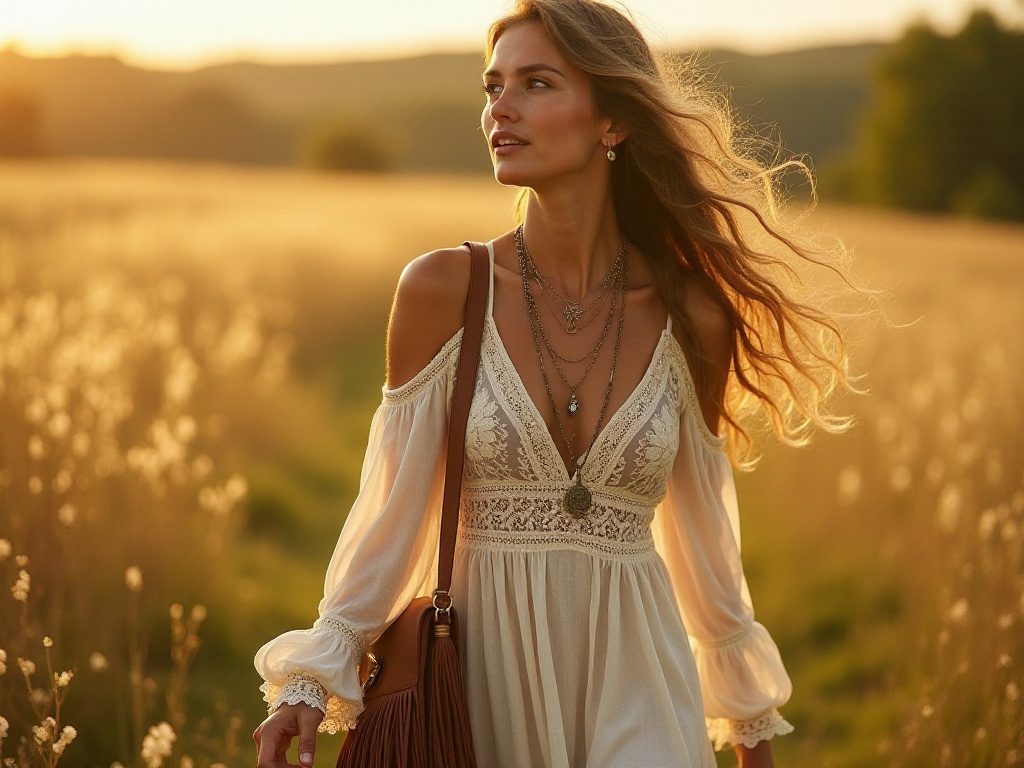Opening Thoughts
The other day while browsing Weibo, I saw a celebrity being heavily criticized by netizens for their poor fashion taste, with the comments section filled with complaints. As someone who started as a fashion novice and learned along the way, I deeply understand the struggles many people face with fashion. But honestly, dressing well isn't that difficult - the key is finding the right approach.
I remember when I first started college, my wardrobe was full of cheap market clothes, and none of the pieces went together. It wasn't until my roommate gently pointed out, "Your clothes don't really match," that I realized it was time to seriously study fashion. After years of exploration and practice, I finally found my own fashion philosophy. Today, I want to share my insights with you, starting from the basics of color matching, and guide you step by step in creating your own fashionable wardrobe.
The Color Code
When it comes to fashion, many people's first reaction is to shop, but the most important thing is understanding which colors suit you best. Take me for example - I used to love yellow, thinking it was bright and lively, so I bought many yellow clothes. However, every time I wore them, I looked tired, and in photos, I appeared messy. Later, after getting my skin tone tested at a counter, I discovered I had cool-toned skin, and yellow clothes made me look sallow.
There's actually a simple way to determine if you're cool-toned or warm-toned. In a well-lit area, carefully observe the color of the veins on the inside of your wrist. If your veins appear blue-purple and your skin has a pink undertone, you're likely cool-toned; if your veins look green and your skin has an ivory or yellow undertone, you're probably warm-toned.
Knowing your skin tone makes choosing clothes much easier. Cool-toned people naturally suit jewel tones, such as sapphire blue, purple, and rose red. I particularly love sapphire blue - it works well for both formal and casual wear and adds sophistication. Warm-toned people suit earth tones better, like camel, olive green, and brick red. I have a friend who is typically warm-toned, and she looks amazing in camel colors, radiating a gentle elegance.
Besides basic colors, we also need to learn to utilize color value and saturation. For instance, with blue, deep navy suits formal occasions, while bright sky blue is better for casual settings. Different shades of color worn together can create great layering effects. I often pair a navy blazer with a light blue shirt for a look that's formal but not rigid.
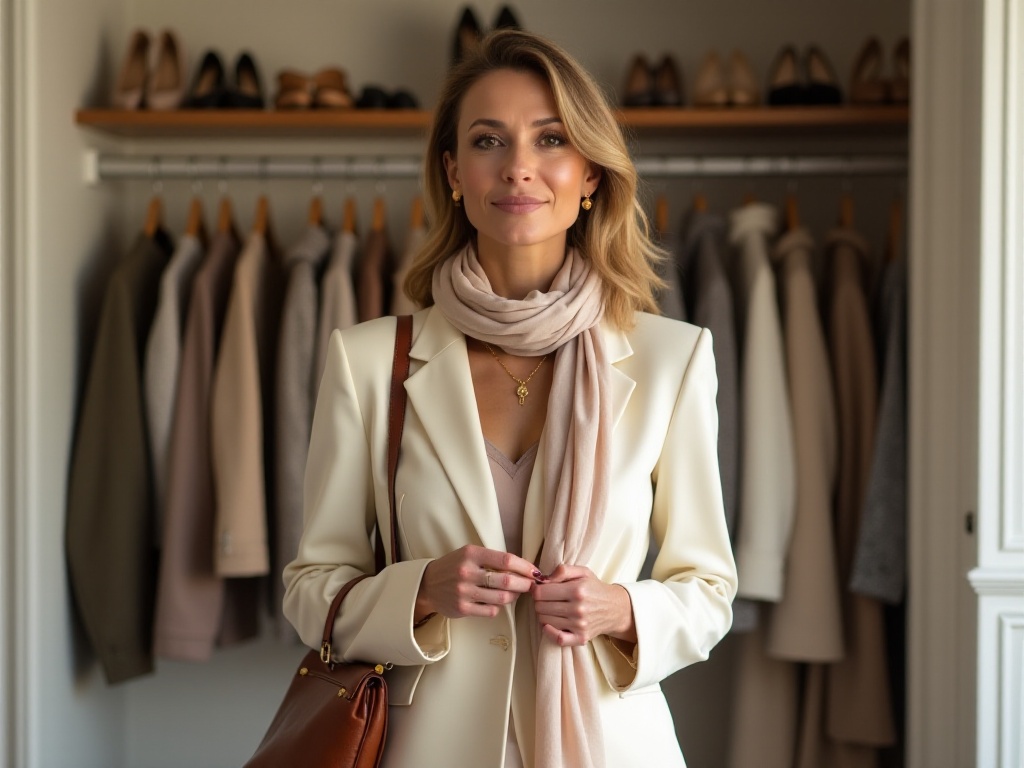
Quality First
Speaking of buying clothes, I must share a hard-learned lesson. When I first started working, with a low salary, I always wanted to buy multiple pieces to rotate. So I frequently shopped at fast fashion brands, unable to resist sales. However, the clothes I bought either lost shape after two wears or faded after one wash, not to mention the poor stitching quality with loose threads everywhere.
Later I realized that instead of buying lots of cheap items, it's better to invest in a few quality classic pieces. Take basic items for example - a well-tailored white shirt might cost seven or eight hundred, but the fabric is comfortable and looks elegant. Most importantly, it can last for years without going out of style and looks good with everything. In comparison, those one or two hundred dollar shirts might become wrinkled after a few wears and can't maintain their shape.
When investing in clothes, the most important factors are fabric and tailoring. Good fabric feels comfortable and doesn't pill or deform easily. Tailoring is also crucial - if a piece fits well, it immediately shows elegance. I now pay special attention to these two points when buying clothes, preferring to buy fewer pieces of better quality.
This brings me to a cost-effective option: second-hand luxury items. Many might feel uncomfortable with second-hand goods, but if you choose the right platform, you can find items that are 90% new or even brand new at just 30-40% of the original price. I bought a Burberry trench coat on a second-hand platform, and while it still cost quite a bit, the quality is undeniable - it still looks new after several years of wear.
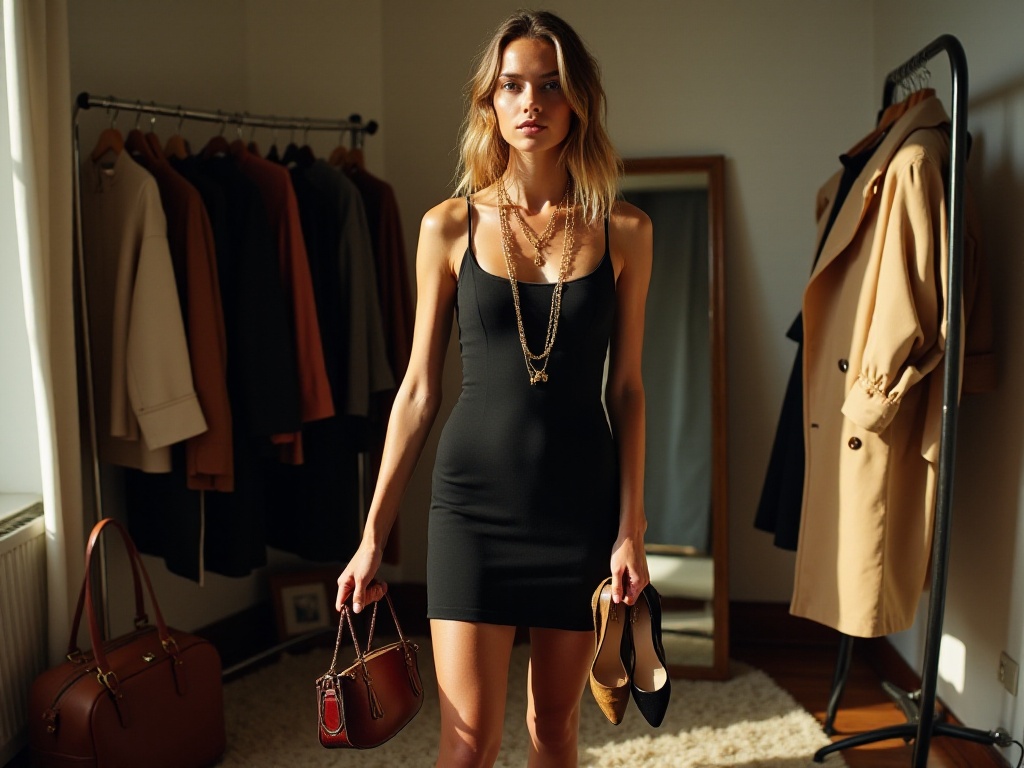
The Layering Rule
Many people find layering difficult, fearing they'll look bulky. Actually, layering is a skill, with the key being the "thin to thick" principle. Start with the innermost layer and build outward, ensuring each piece serves a purpose.
For fall and winter, the innermost layer could be a fitted knit or undershirt, providing warmth without bulk. The middle layer could be a shirt or thin sweater, mainly for temperature regulation. The outer layer could be a coat or jacket, serving both warmth and visual impact.
Color coordination is also important in layering. I usually choose colors within the same family, like a dark gray coat with a light gray sweater and white shirt, creating harmony. For accent, accessories can add interest, like a bright scarf that adds layers and visual appeal.
Choosing accessories is also an art. Many think accessories are optional, but they often provide the finishing touch. A delicate necklace can instantly elevate a simple black dress. A quality brooch on a blazer lapel immediately enhances the overall look.
My advice is to invest in some classic accessory pieces. A pearl necklace or simple metal bracelet can complement various clothing styles and won't go out of style. Of course, if budget is limited, you can choose designer pieces from boutique brands, which sometimes create unexpected effects.
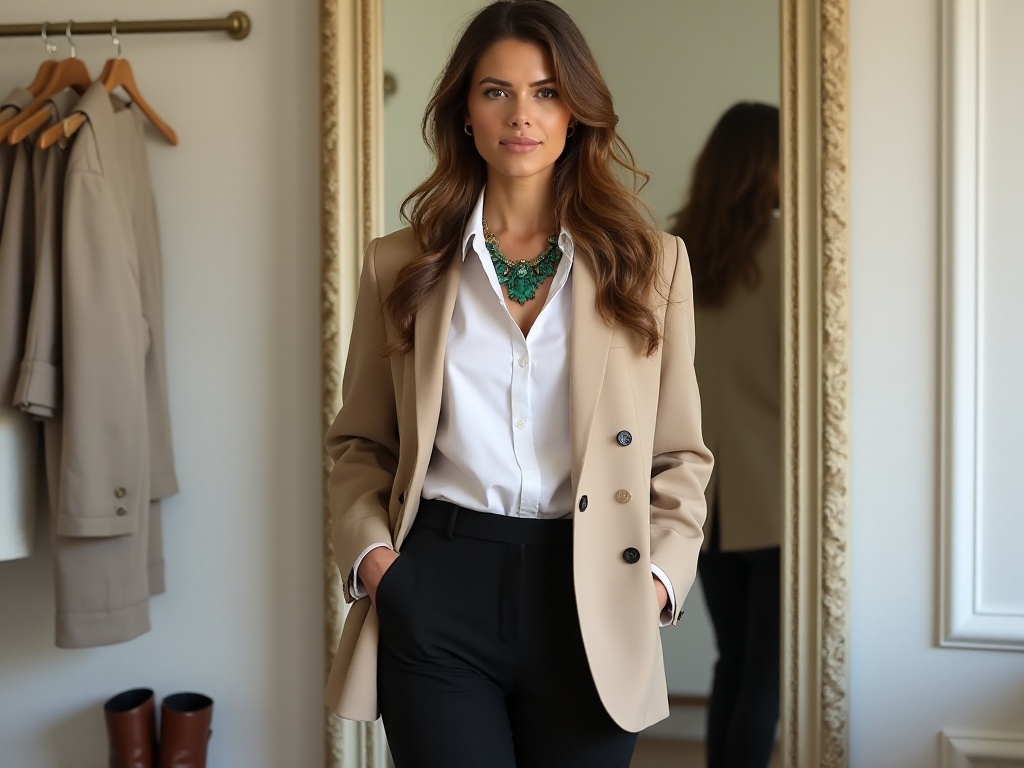
Occasion Control
How to dress for different occasions is a common concern. Some people dress too casually for formal events, while others dress too formally for casual occasions, both appearing inappropriate. The key to solving this is having versatile neutral pieces.
Take shoes for example - a quality pair of nude heels is incredibly versatile. They can be paired with a business suit for work, looking professional and sharp, or with a dress for dates, instantly adding femininity. The nude color elongates legs and works well with both pants and skirts.
The little black dress is another excellent choice. Many might think it's too formal, but it's all about styling. During the day, pair it with a denim jacket and white sneakers for a casual look; for formal evening events, switch to heels and elegant accessories to elevate the entire outfit.
Additionally, when choosing clothes for formal occasions, pay special attention to fabric quality. Silk and wool create a more polished appearance. Also note the fit - too tight or too loose isn't appropriate. I suggest finding a good tailor to make slight alterations to well-fitting clothes for a more natural look.
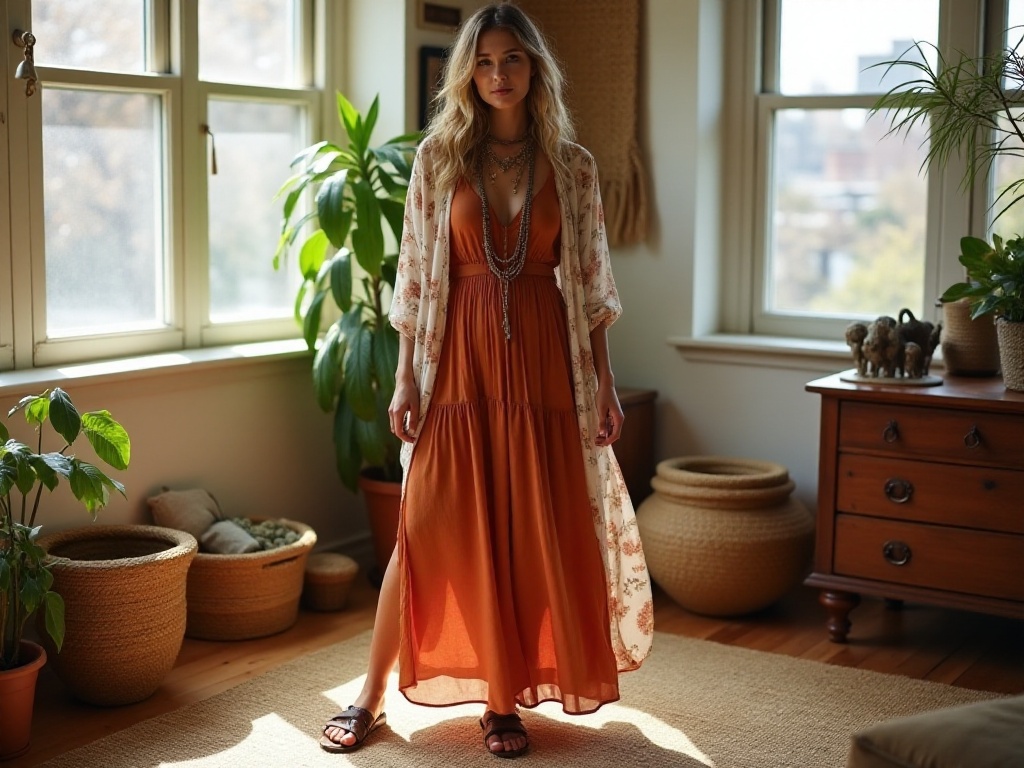
Style Breakthrough
Many people follow fashion trends blindly, buying whatever others wear, often ending up with "a closet full of clothes but nothing to wear." Actually, finding your personal style is most important.
To establish personal style, first understand your body type. Take me for example - I have a typical pear shape, narrow on top and wider below. So I usually choose high-waisted pants and skirts to emphasize my waistline and create better proportions. For tops, I like pieces with design elements like ruffles or puff sleeves to balance upper and lower body proportions.
I have a friend who loves vintage style, and her wardrobe is full of vintage dresses and high-waisted wide-leg pants. While many people are following the athleisure trend, she maintains her style. This persistence makes her stand out in crowds. This taught me that fashion isn't about blindly following trends but finding what works best for you.
When trying new styles, proceed gradually. If you want to try vintage style, start with basics like high-waisted straight-leg pants or A-line skirts. After getting comfortable, try more distinctive pieces. This approach helps avoid buying unsuitable clothes and gradually builds your aesthetic sense.
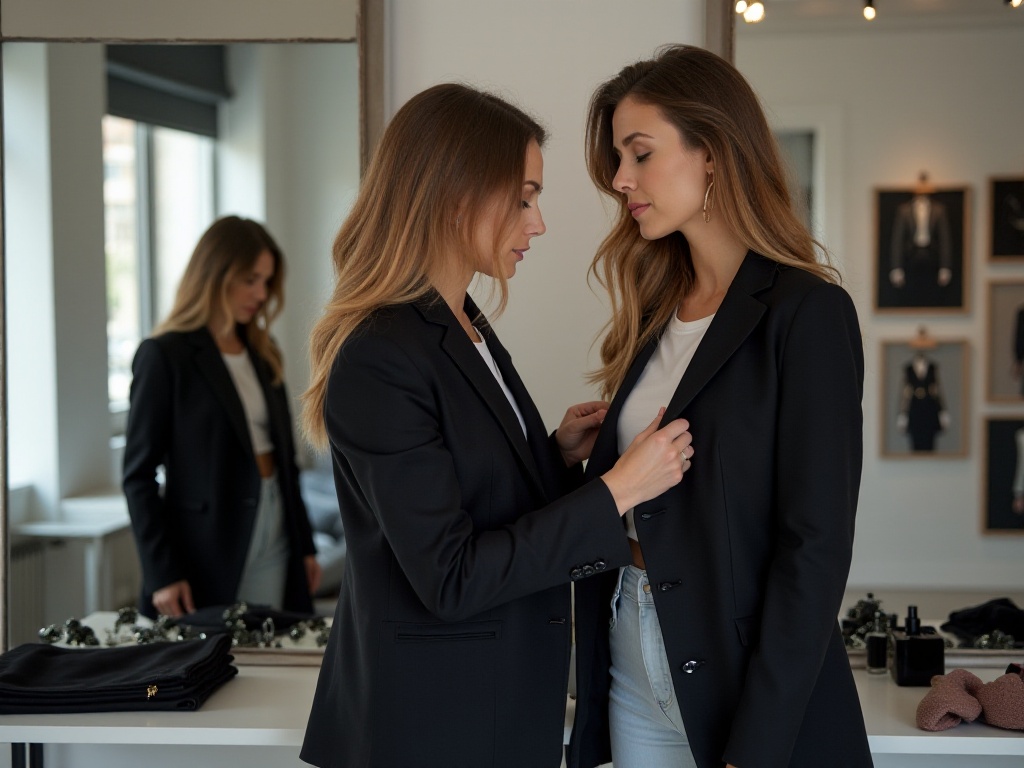
Final Touches
A perfect look requires attention to detail from head to toe. Hairstyle, makeup, clothing, bags, and shoes - every detail matters. For makeup, choose natural looks for work, focusing on fresh, clean appearance. For dates or parties, try red lipstick to instantly boost your presence.
Bag selection is also important. For work, choose simple, elegant styles like black handbags or tote bags. For weekend dates, opt for cute crossbody bags that are practical without being too formal.
Shoes are the finishing touch of any outfit. The right pair not only makes you look more put-together but also enhances leg appearance. I recommend having several pairs for different occasions - formal heels, casual flats, sneakers, etc., to suit various situations.
Finally, whatever style you choose, confidence is key. You can dress simply, but dress neatly; you don't have to follow trends, but develop your own style. True fashion isn't about what you wear, but how you wear it. When you find your personal style, you naturally radiate unique charm.
Related articles




